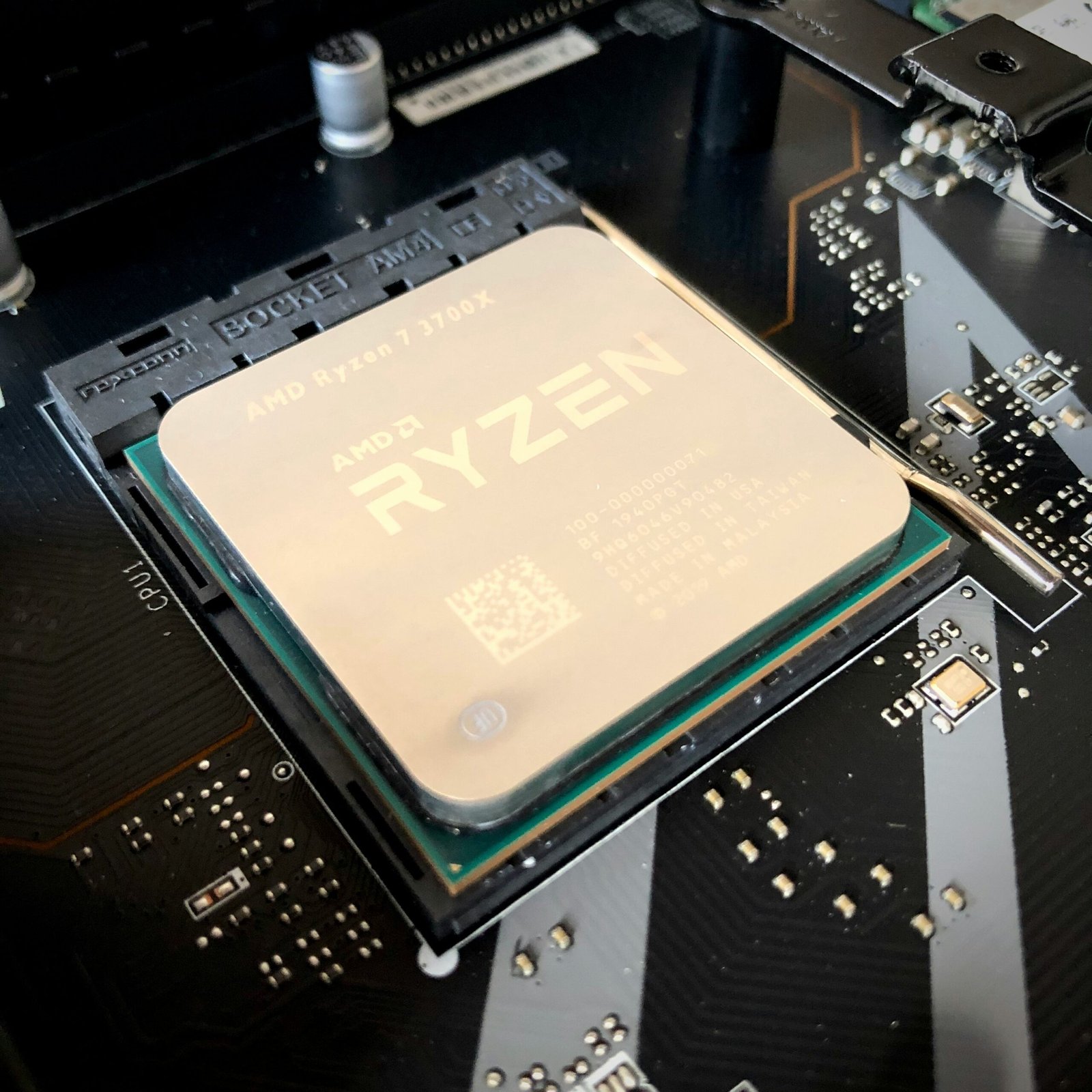Troubleshooting a Non-Responsive CPU: Step-by-Step Guide

Understanding the Symptoms of a Non-Responsive CPU
A non-responsive CPU can manifest through a variety of symptoms that may disrupt the normal operation of a computer system. One of the most evident signs is the failure to boot. When powering on the system, users might encounter a black screen instead of the usual startup sequence, indicating that the CPU might not be initializing properly. This symptom often leads to further investigation, as it can also be attributed to other hardware issues.
Unexpected shutdowns are another common indicator of CPU problems. If a computer turns off suddenly without warning, it can point to the CPU overheating or experiencing a critical error. These shutdowns might occur sporadically or become more frequent over time, signaling the need for a thorough examination of the CPU and its cooling system. Ensuring that the CPU is operating within safe temperature ranges is crucial to avoid such disruptions.
Screen freezing is also a prevalent symptom associated with CPU malfunctions. Users may notice that their screen becomes unresponsive, often necessitating a hard reset of the system. This can happen during high-intensity tasks, such as gaming or video editing, where the CPU is under heavy load. Persistent freezing can significantly impact productivity and point towards underlying CPU issues that need addressing.
Error messages during startup can provide valuable clues about CPU health. Messages such as ‘CPU Over Temperature Error’ or ‘CPU Fan Error’ directly indicate that the CPU is encountering problems. These messages should not be ignored, as they often require immediate attention to prevent further damage. Additionally, other error codes or beeps from the motherboard during POST (Power-On Self-Test) can help diagnose the specific problem.
Real-life examples illustrate these symptoms clearly. For instance, a user reported their computer frequently shutting down when running multiple applications, which upon inspection was due to an overheating CPU. Another user experienced persistent screen freezing during gaming sessions, which was eventually traced back to a failing CPU fan. These cases underscore the importance of accurately diagnosing CPU-related issues to maintain system stability and performance.
Step-by-Step Troubleshooting Guide for a Non-Responsive CPU
When dealing with a non-responsive CPU, it is crucial to approach the troubleshooting process methodically to identify and resolve the issue efficiently. Begin with basic checks and gradually move to more advanced diagnostics. Follow these steps to troubleshoot your CPU:
1. Ensure the Power Supply is Working: Verify that the power supply unit (PSU) is functioning correctly. Check if the power cables are securely connected to the motherboard and CPU. If the PSU has an on/off switch, ensure it is set to ‘on’. Also, consider testing with a known working power supply.
2. Inspect the Motherboard for Damage: Carefully examine the motherboard for any visible signs of damage such as burnt components, swollen capacitors, or broken solder joints. Physical damage to the motherboard can prevent the CPU from functioning correctly.
3. Verify the CPU is Properly Seated: Open the CPU socket and ensure that the CPU is correctly seated. Look for any bent pins or debris that could hinder proper contact. Reseat the CPU if necessary and secure it with the locking mechanism.
4. Check BIOS Settings: Access the BIOS/UEFI settings to confirm that the CPU is recognized and configured correctly. Resetting the BIOS to default settings can sometimes resolve recognition issues.
5. Test with a Different CPU: If possible, test the motherboard with a known-working CPU. This step can help determine whether the issue lies with the CPU or another component.
6. Use Diagnostic Tools: Utilize diagnostic tools and software to monitor CPU health and performance. Tools like CPU-Z, HWMonitor, and system diagnostics provided by the motherboard manufacturer can offer valuable insights into the CPU’s condition.
Safety Tips: When handling the CPU, ensure you are grounded to avoid static discharge. Use an anti-static wrist strap or touch a grounded metal object before touching the CPU. Handle the CPU by the edges and avoid touching the pins or contact points.
By following these steps and taking appropriate precautions, you can methodically troubleshoot a non-responsive CPU and identify potential issues, helping to restore your system’s functionality efficiently.



